Top Things to Know Before Buying Common Household Plants
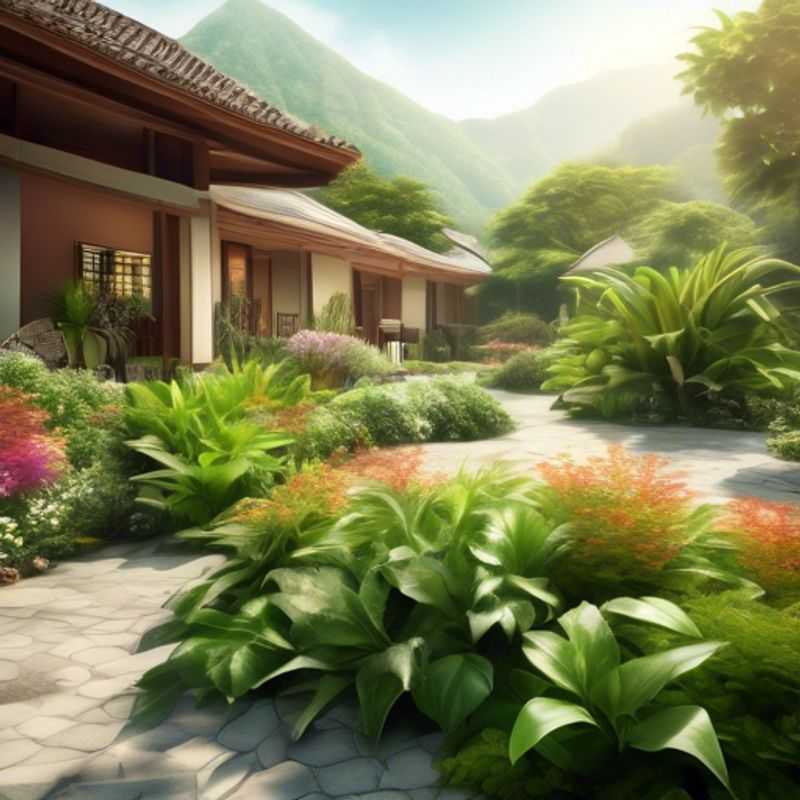
Top Things to Know Before Buying Common Household Plants: Lighting, Watering, Temperature, Size, Toxicity, Potting, and Pests
Bringing greenery into your home is a fantastic way to enhance your living space, improve air quality, and boost your mood. But before you rush out to buy a plant, it's crucial to consider a few key factors to ensure your new green friend thrives in your environment. Here are some top things to know before purchasing common household plants:
Determine the lighting requirements for the plant. Different plants have varying light needs. Some thrive in bright, direct sunlight, while others prefer shady spots. Understanding your home's lighting conditions will help you choose a plant that will flourish. For example, a plant that loves direct sunlight placed in a dimly lit corner will struggle.
Research the watering needs of the plant. Overwatering is a common cause of plant death.
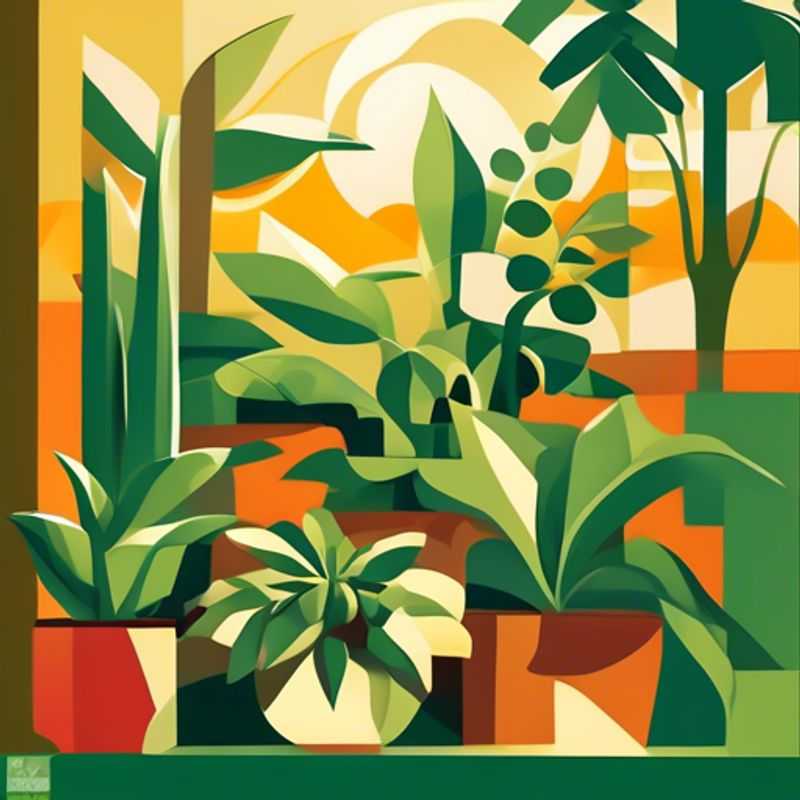
Unlocking Your Plant's Potential: Determining the Right Lighting Requirements
Determining the lighting requirements for a plant is essential for its growth and overall health. First, identify the plant species as different plants have varying light needs, from low-light to full-sun requirements. Next, consider the light intensity, which can be measured in lumens or foot-candles. Most plants thrive between 1000 to 2000 foot-candles for optimal growth. Additionally, assess the light duration; most plants require 12 to 16 hours of light daily, depending on their growth stage.
When planning your lighting setup, take into account the type of light source. Options include incandescent, fluorescent, and LED lights, with LEDs being the most energy-efficient and long-lasting. Remember to factor in the cost of lighting equipment and installation. Depending on the scale of your setup, this can range from a few dollars for a single bulb to several hundred for a complete grow light system.
Finally, consider maintenance costs, such as electricity usage and bulb replacements. Regularly monitor your plants' responses to the light conditions and make adjustments as necessary to ensure they receive the appropriate amount of light for healthy growth.
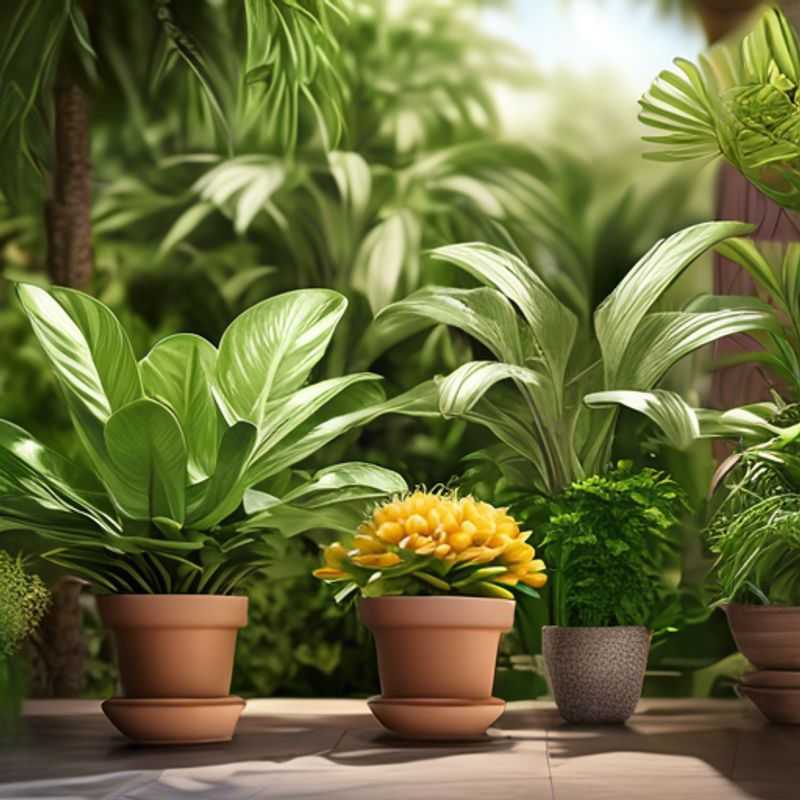
Watering Wisely: Researching Your Plant's Needs for Healthy Growth
Knowing how much water your plants need is essential for their health and survival. The amount of water a plant requires depends on several factors, including plant species, climate, pot size, and soil type.
To determine your plant's water needs, you can start by researching its species. Many online resources and gardening books provide information on the watering requirements of various plants. Additionally, you can consult local nurseries or gardening experts for personalized advice.
Observe your plant's soil for cues about its water needs. Feel the soil with your finger: if it feels dry an inch below the surface, your plant likely needs watering.
Pay attention to the leaves: wilted, drooping leaves indicate the plant is thirsty. While some plants naturally shed leaves, excessive wilting often signals a need for watering.
When watering, thoroughly saturate the soil until water drains out of the pot's drainage holes. This ensures the roots receive adequate moisture.
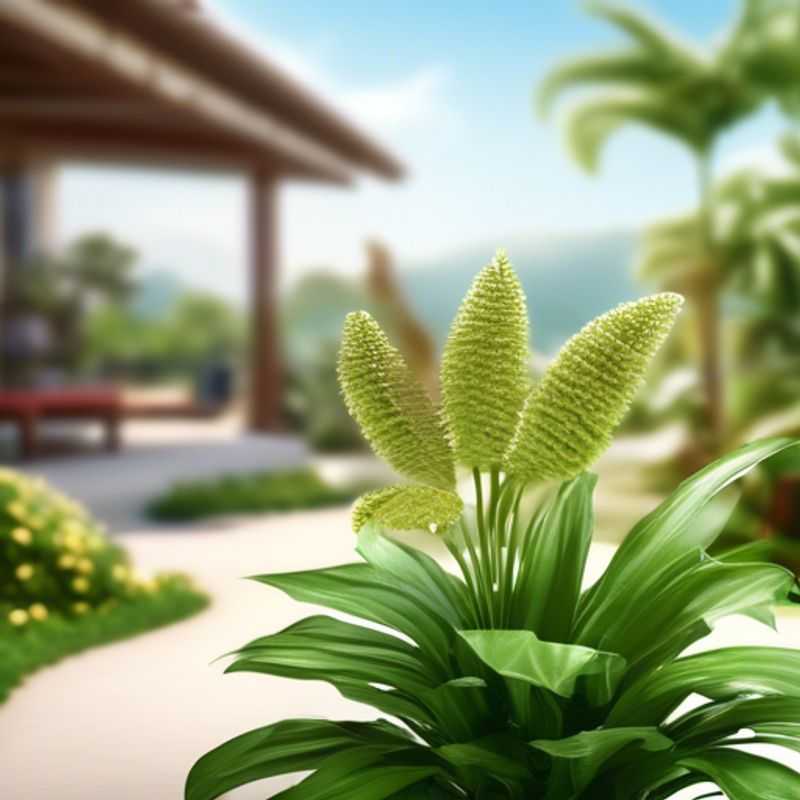
Understanding the Ideal Temperature and Humidity for Your Plants
Plants thrive within specific temperature and humidity ranges. The ideal temperature and humidity depend on the plant species. Most plants prefer temperatures between 65°F and 75°F (18°C and 24°C), but some tolerate cooler or warmer conditions.
Humidity refers to the amount of moisture in the air. Plants generally require 40% to 60% relative humidity, but some plants, like ferns and orchids, prefer higher humidity levels.
You can monitor temperature and humidity using a thermo-hygrometer. When the temperature or humidity is too low, you can increase it by using a humidifier or by misting plants with water. To decrease humidity, use a dehumidifier or increase air circulation with a fan.
Regular monitoring is crucial for plant health. Paying attention to the specific needs of your plants will ensure their optimal growth and well-being.
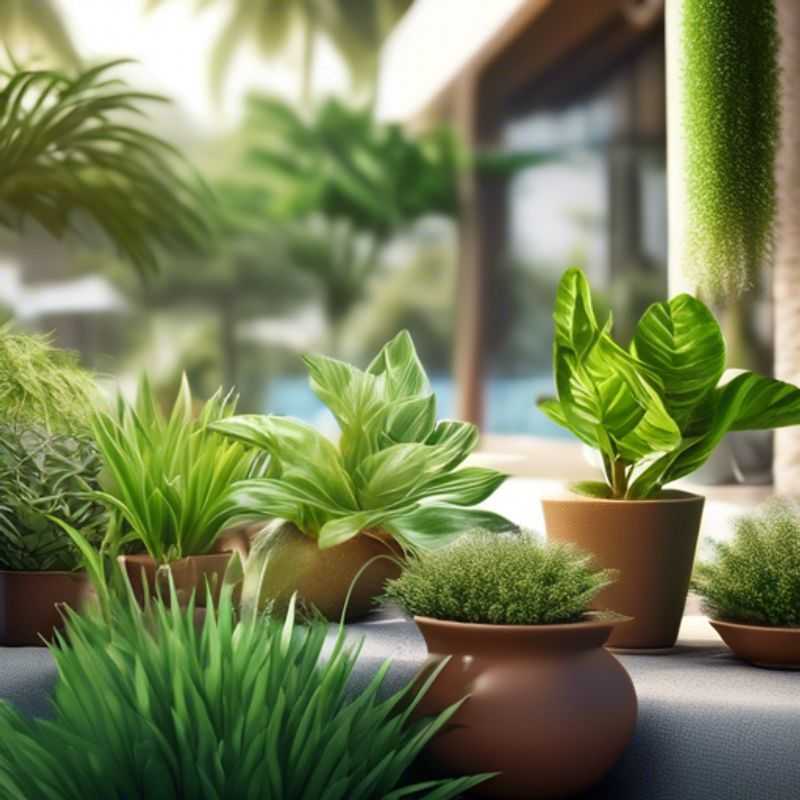
Planning for Growth: Choosing the Right Size Plant for Your Space
When selecting a plant for your garden, it's crucial to consider the size it will reach at maturity. This ensures the plant has enough space to grow without overcrowding other plants or structures. Overcrowding can lead to competition for resources, hindering the plant's growth and potentially affecting its health.
To estimate the mature size, consult plant labels, online resources, or gardening books. Consider both the plant's height and width. Remember, some plants, like trees, can reach considerable heights, while others may spread out horizontally.
Consider the available space in your garden. Measure the area where you plan to plant, and ensure there's enough room for the plant to grow comfortably. This will prevent future issues with pruning or relocation.
If you're unsure about a plant's mature size, it's always best to err on the side of caution and choose a smaller variety. This allows you to observe its growth and adjust your planting plan if necessary. Remember, it's easier to trim a large plant than to relocate it to a different spot.
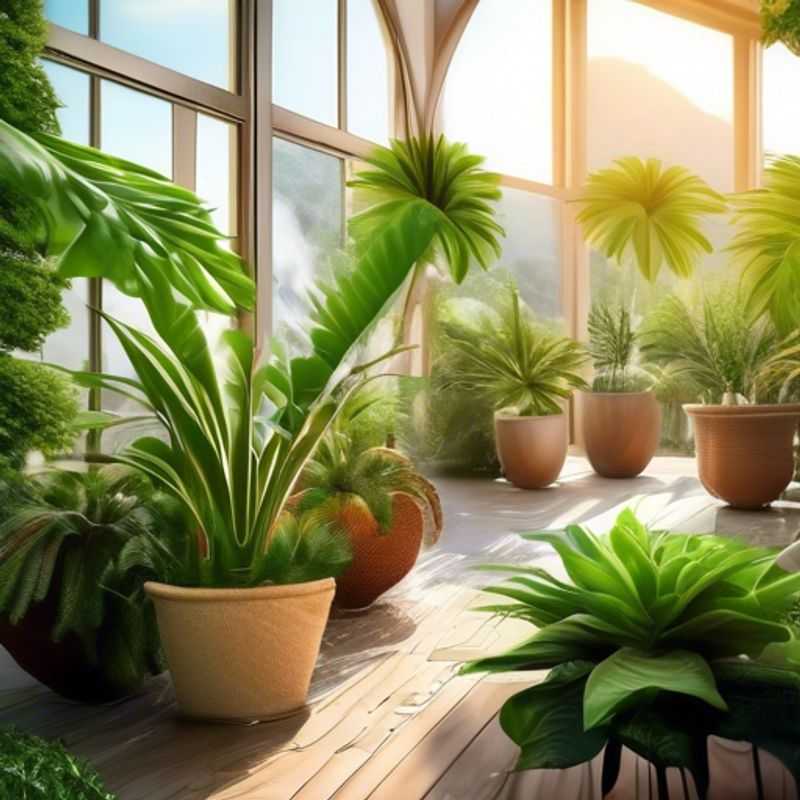
Pet and Child Safety: Identifying Toxic Plants in Your Home
Knowing if your plants are toxic to pets and children is crucial for a safe home environment. This is particularly relevant for families with curious kids or pets who love to nibble on greenery.
A wide range of houseplants can be toxic, causing a variety of symptoms, from mild digestive upset to more severe reactions like skin irritation, breathing difficulties, or even heart problems. It's always better to err on the side of caution.
Start by identifying the plants in your home. Use online resources like the ASPCA Animal Poison Control Center or the American Society for the Prevention of Cruelty to Animals (ASPCA) to find lists of common toxic plants. These sites often have detailed information about the specific toxins in each plant and the symptoms they cause.
Place toxic plants out of reach of children and pets, ideally in rooms that are inaccessible to them. Consider placing them on high shelves, hanging them from the ceiling, or using barriers like baby gates.
Supervise your children and pets around your plants. Even if a plant isn't considered toxic, it's always a good idea to be vigilant and discourage them from chewing or playing with them.
Keep the ASPCA Animal Poison Control Center's phone number handy (888-426-4435), as it can provide immediate advice if you suspect your child or pet has ingested a toxic plant.
Remember, while these tips offer general guidance, the best way to ensure safety is to be proactive and informed about the plants you bring into your home. Always research the plants you choose and take precautions to protect your loved ones.
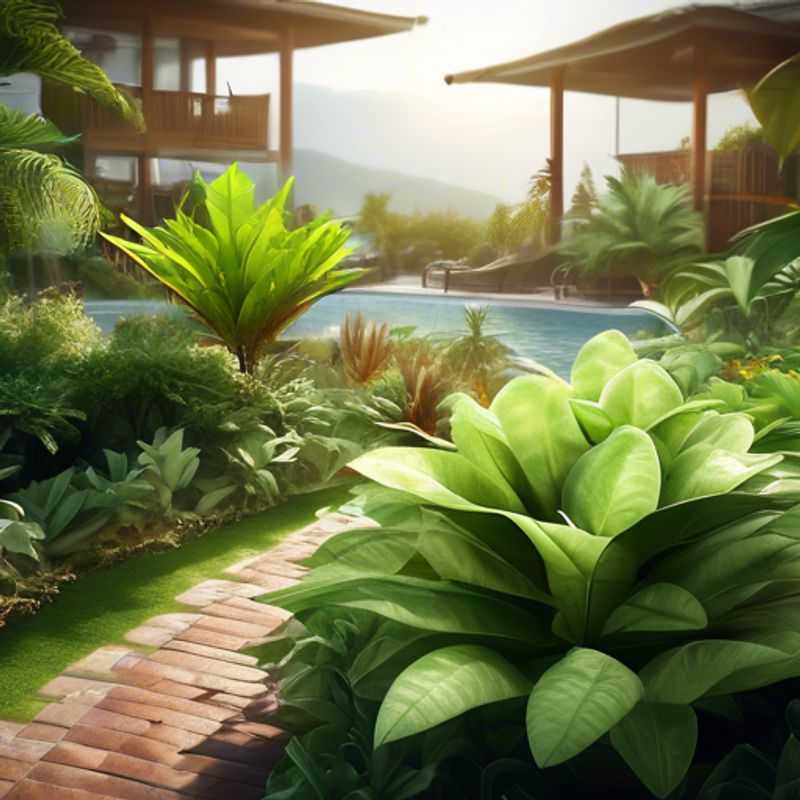
Choosing the Right Pot: A Guide for Plant Success
Choosing the right pot or container for your plant is crucial for its health and growth. Consider the plant's size, root system, and growth habits.
Drainage is essential - ensure the pot has drainage holes to prevent waterlogging. Select a pot material that suits the plant's needs, such as terracotta for its breathability or plastic for its durability.
The size of the pot matters - choose a pot that is slightly larger than the root ball, allowing room for growth. A good rule of thumb is to go up one or two pot sizes.
Consider the weight - if you are planting in a hanging basket or on a shelf, choose a lightweight pot. If you are planting outdoors, consider the weight and stability of the pot, especially in windy conditions.
Budget and Aesthetics - Pots and containers come in a wide range of materials, sizes, and styles. Factor in your budget and aesthetic preferences.
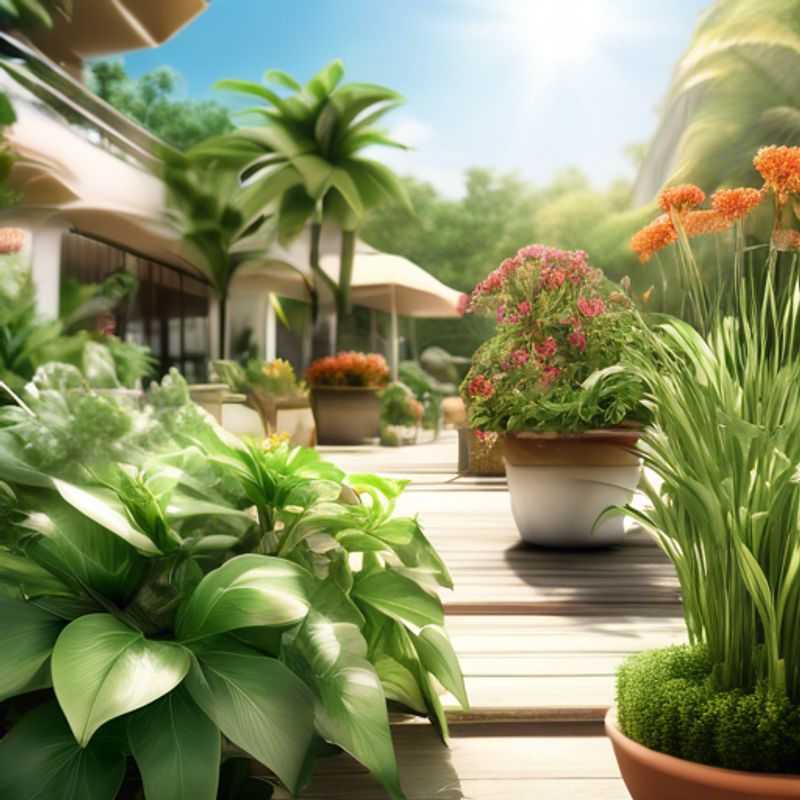
Know Your Enemy: Common Pests and Diseases of Your Plants
Understanding common pests and diseases is crucial for maintaining healthy plants. This knowledge allows you to identify problems early and take preventative measures, minimizing damage and the need for expensive treatments. Here's a quick guide:
Common Pests:
Insects: Aphids, spider mites, whiteflies, scale insects, mealybugs. They suck sap, causing stunted growth and leaf discoloration. Control: Insecticidal soap, neem oil, horticultural oil, beneficial insects.
Mites: Tiny arachnids that feed on plant sap, leaving webbing and stippling on leaves. Control: Miticides, horticultural oil, predatory mites.
Diseases:
Fungal Diseases: Powdery mildew, rust, blight, root rot. Characterized by powdery spots, discoloration, and wilting. Control: Fungicides, proper watering, good air circulation, remove infected leaves.
Bacterial Diseases: Bacterial leaf spot, crown gall, fire blight. Causes spots, discoloration, and wilting. Control: Copper-based fungicides, remove infected parts, choose resistant varieties.
Viral Diseases: Mosaics, leaf curl, stunted growth. Spread by insects. Control: Remove infected plants, prevent insect infestations.
Prevention:
Regular Inspection: Monitor your plants for signs of pests and diseases. Sanitation: Remove infected parts, debris, and weeds. Proper Watering: Avoid overwatering and ensure good drainage. Good Air Circulation: Space plants properly to allow air movement.
Note: Early identification and timely action are key to effective pest and disease management. If you're unsure about a problem, consult a local gardening expert.
